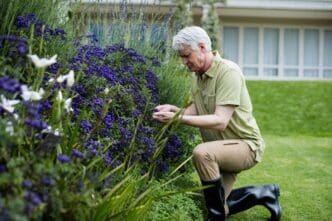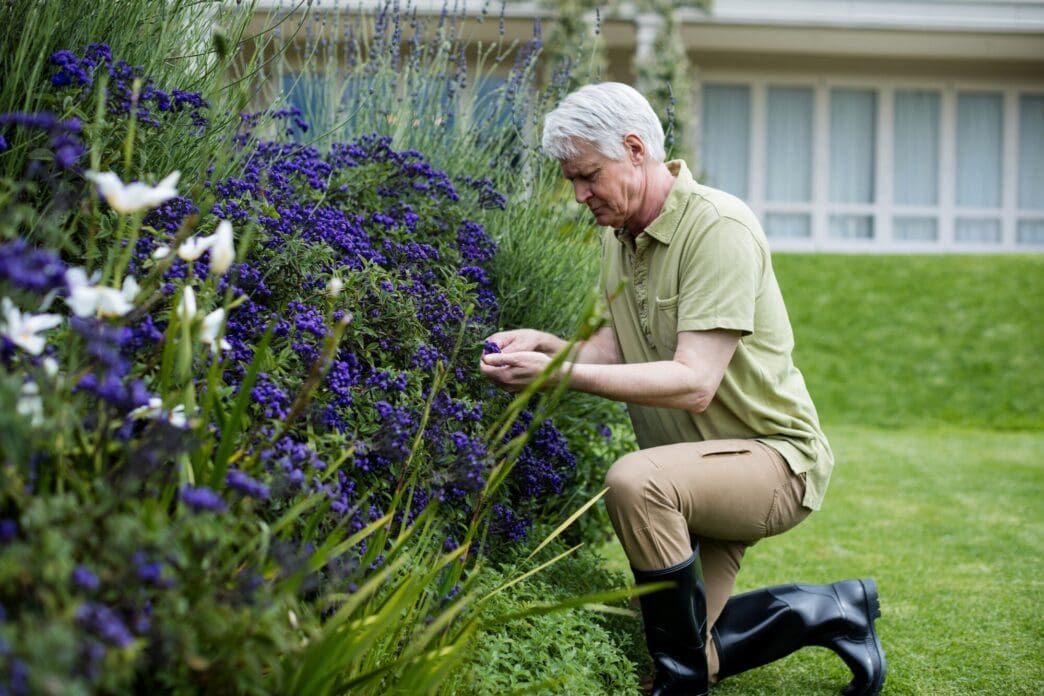A Quick Takeaway
The Story Behind the Trend
How to Make It Work for You
The Community View
Unlocking the secrets to a longer, healthier life often leads us to the Blue Zones – five remarkable regions globally where people live exceptionally long and vibrant lives. A cornerstone of their longevity, for individuals across places like Okinawa, Sardinia, and Nicoya, is not rigorous, structured exercise, but rather a consistent embrace of natural movement woven seamlessly into their daily existence. This inherent physical activity, performed throughout the day and across the lifespan, is a fundamental pillar of their well-being, contributing significantly to their reduced rates of chronic disease and enhanced vitality.
Understanding Blue Zones and Natural Movement
Blue Zones are demographic and geographic areas identified by researchers, most notably Dan Buettner, where people live measurably longer lives. These include Okinawa, Japan; Sardinia, Italy; Nicoya, Costa Rica; Icaria, Greece; and Loma Linda, California. While each zone has unique cultural characteristics, they share common lifestyle denominators, one of the most prominent being constant, low-intensity physical activity.
Natural movement, in the context of Blue Zones, refers to the physical activity that occurs organically as part of daily life, rather than as a scheduled workout. It’s about moving because life demands it, whether through gardening, walking to the market, doing household chores, or engaging in manual labor. This contrasts sharply with the modern, often sedentary, lifestyle where exercise is compartmentalized into specific gym sessions.
The Rhythms of Daily Life
Gardening and Farming
In many Blue Zones, a significant portion of the population is involved in gardening or subsistence farming. This activity naturally incorporates a wide range of movements: digging, planting, weeding, carrying water, and harvesting. These tasks engage core muscles, improve flexibility, and provide sustained low-level cardiovascular activity, all while producing fresh, nutritious food.
Walking and Active Commuting
Residents of Blue Zones often live in environments where walking is the primary mode of transportation. Whether it’s to visit neighbors, go to church, or run errands, daily walks accumulate substantial steps. This consistent ambulation keeps their cardiovascular systems healthy, strengthens leg muscles, and helps maintain a healthy weight without ever stepping on a treadmill.
Household Chores and Manual Labor
Many Blue Zone communities rely less on labor-saving devices. Activities like hand-washing clothes, sweeping floors, cooking from scratch, and even climbing stairs in multi-story homes contribute significantly to daily physical expenditure. This constant engagement in practical tasks ensures that the body is regularly challenged and moved in varied ways.
Why Natural Movement Matters for Longevity
Consistent Low-Intensity Activity
Unlike sporadic, high-intensity workouts, natural movement promotes consistent, low-intensity physical activity throughout the day. This type of movement has been shown to be highly effective in reducing the risk of chronic diseases such as heart disease, type 2 diabetes, and obesity. It keeps metabolism active and blood flowing without causing excessive stress on the body.
Avoiding Prolonged Sedentarism
A key benefit of natural movement is that it inherently prevents prolonged periods of sitting or inactivity, which are increasingly recognized as detrimental to health. Blue Zone residents are rarely sedentary for long stretches, naturally breaking up their day with movement, which helps maintain metabolic flexibility and reduces the negative impacts of extended sitting.
Holistic Well-being
Natural movement often comes with a sense of purpose. Gardening provides food, walking connects people to their community, and chores maintain a home. This integration of movement with purpose contributes to overall mental and emotional well-being, reducing stress and fostering a sense of contribution and belonging, which are also vital components of longevity.
Integrating Natural Movement into Modern Life
While most of us don’t live in a Blue Zone, we can adopt their principles of natural movement. Start by looking for opportunities to move more throughout your day. Take the stairs instead of the elevator, park further away from your destination, or walk or bike for short errands. Consider standing desks or taking frequent movement breaks if your job requires prolonged sitting.
Embrace active hobbies like gardening, hiking, or dancing. Make movement a social activity by walking with friends or joining a community clean-up. The goal is not to train for a marathon, but to make movement an integral, enjoyable, and effortless part of your everyday life, just as it is for the world’s longest-lived people.
Embracing a Movement-Rich Life
The lessons from Blue Zones are clear: longevity isn’t solely about intense workouts, but about consistently moving your body in natural, purposeful ways throughout life. By integrating more walking, gardening, and active living into our daily routines, we can emulate the habits of the world’s healthiest populations, fostering not just a longer lifespan, but a more vibrant and fulfilling one.







